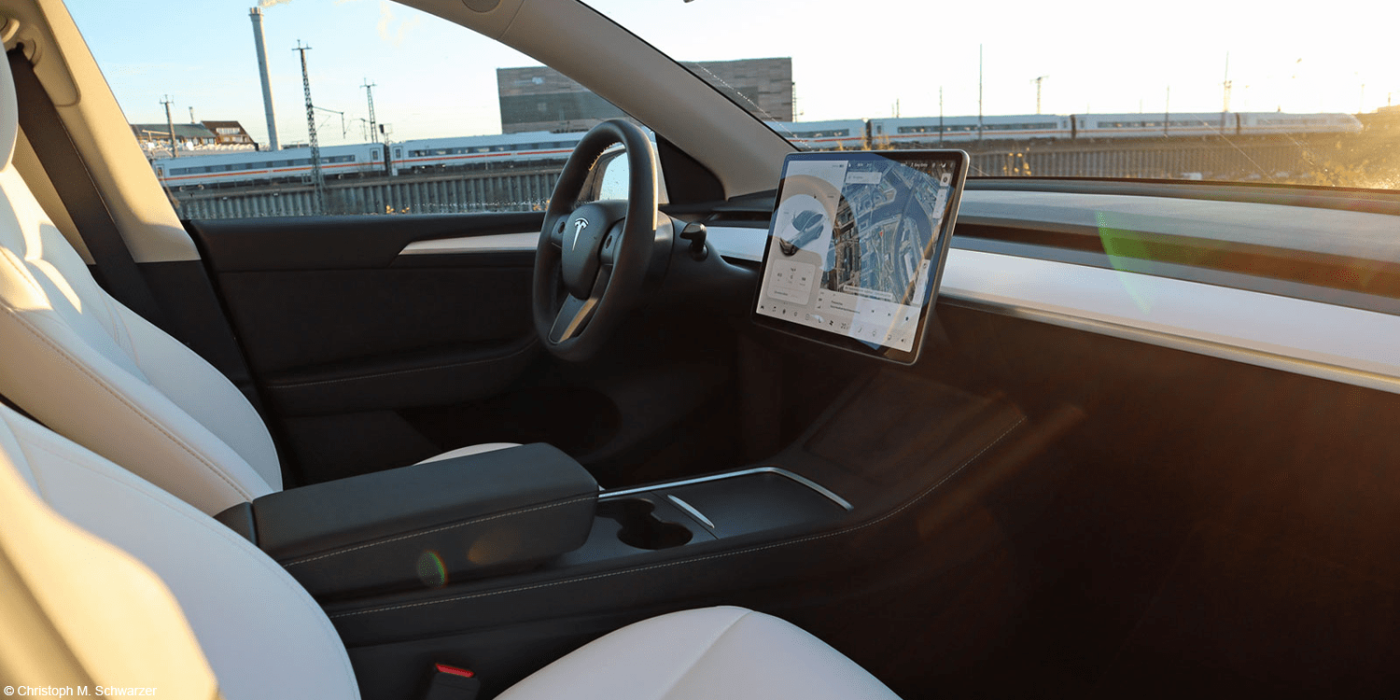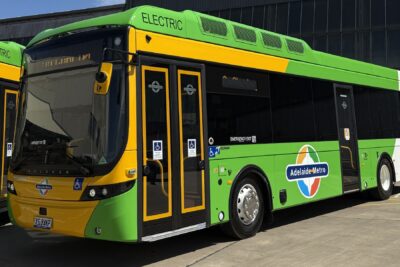Rose-tinted glasses on Tesla range
According to a new investigative report from Reuters, Tesla has rigged the dashboard readouts in its electric cars to provide “rosy” projections of how far owners can drive before needing to recharge.
++ This article has been updated. Please continue reading below. ++
Because of Tesla’s range visuals suddenly dropping and not delivering the range promised in the cold, drivers think there is something wrong with their cars. Last year, the automaker became so inundated with making service appointments to “fix” the problem that it created a special team to cancel owners’ service appointments.
The Reuters report includes anecdotes of employees just letting phones ring out – realising that these concerned customers did not need to overstrain service centres since the issues were not actually about a malfunction but more of deliberate gauge misrepresentation.
According to different accounts from drivers as well as people within the company, Tesla’s range gauge shows high range values when the battery is full, then quickly drops in the middle but allows an extra 15 miles (24 km) of additional range even after the dashboard gauge shows an empty battery.
One person from within the company cited by Reuters said: “Elon wanted to show good range numbers when fully charged.” The person added, “When you buy a car off the lot seeing 350-mile, 400-mile range, it makes you feel good.”
This is not the first time the company has been accused of fudging things. Earlier this year, Tesla was fined by South Korean regulators because the cars were found to deliver sometimes even half their advertised range in cold temperatures. Reuters cited another recent study that the average deficit between the actual and advertised range was 26%. A recent report from the German newspaper Handlesblatt indicates the American carmaker was also a little too optimistic about its cars’ autonomous driving functions.
Update 08 August 2023
Three Tesla owners in California have now officially launched a lawsuit against the automaker in a proposed class action that accuses the company of falsely advertising the estimated driving ranges of its electric vehicles. Furthermore, the lawsuit alleges that Tesla created a “Diversion Team” in Nevada “to cancel as many range-related appointments as possible after becoming inundated with owner complaints.”
The lawsuit alleges Tesla breached vehicle warranties and engaged in fraud and unfair competition. “Put simply, Tesla has a duty to deliver a product that performs as advertised,” said Adam A. Edwards, an attorney at Milberg Coleman Bryson Phillips Grossman, the firm representing Tesla owners in the lawsuit. The lawsuit itself states: “Had Tesla honestly advertised its electric vehicle ranges, consumers either would not have purchased Tesla model vehicles, or else would have paid substantially less for them.”
Class-action status means the lawsuit and ruling will apply to “all persons in California who purchased a new Tesla Model 3, Model S, Model Y, and Model X vehicle.” It seeks unspecified damages.
reuters.com, reuters.com (update August ’23)





0 Comments